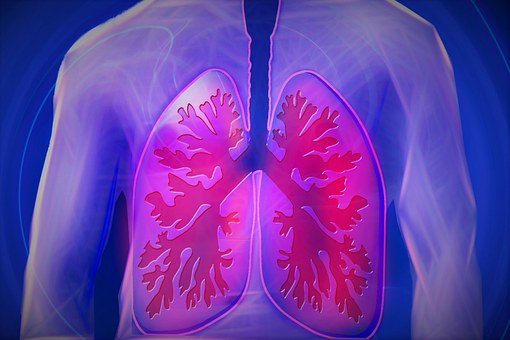Nosocomial pneumonia is a common hospital-acquired infection and has a high mortality rate in the critically ill. Because drug-resistant bacteria like Pseudomonas aeruginosa and methicillin-resistant Staphylococcus aureus (MRSA) are commonly responsible for these infections, guidelines recommend broad-spectrum empirical therapy that includes anti-MRSA coverage. Treatment is ideally de-escalated and refined based on culture results. However, culture negative infections leave a conundrum for clinicians who want to protect their patients but also minimize morbidity and inappropriate antimicrobial use.
Cowley et al. recently published a retrospective study in Chest evaluating the safety of anti-MRSA de-escalation by measuring 28-day mortality, hospital mortality, intensive care unit (ICU) and hospital length of stay (LOS), incidence of treatment failure, and incidence of acute kidney injury (AKI) in patients who were de-escalated compared to those who were not after negative culture result. De-escalation was defined as transition to a narrower spectrum antibiotic (without MRSA coverage) within 4 days of culture. Of the 279 patients identified with culture-negative nosocomial pneumonia, 79% received vancomycin for MRSA coverage and 92% had some pseudomonal coverage in their empiric treatment. Ninety-two met the de-escalation criteria.
The de-escalation group had a significantly higher incidence of chronic kidney disease at baseline, but the groups were otherwise well matched. There was no significant difference in 28-day mortality or treatment failure between the groups. The de-escalation group had a shorter time to transfer out of the ICU and discharge, and they also experienced less AKI.
 As Dr. Cawcutt wrote in her review, “De-escalation in culture-negative pneumonia may result in lower AKI and ICU and hospital LOS. There is clear potential benefit for patients and overall health care systems in advocating for earlier de-escalation, regardless of whether or not nares swabs were completed.”
As Dr. Cawcutt wrote in her review, “De-escalation in culture-negative pneumonia may result in lower AKI and ICU and hospital LOS. There is clear potential benefit for patients and overall health care systems in advocating for earlier de-escalation, regardless of whether or not nares swabs were completed.”
This post is based on Dr. Cawcutt’s review in IDSA Journal Club, available here. You can read the original article here.
